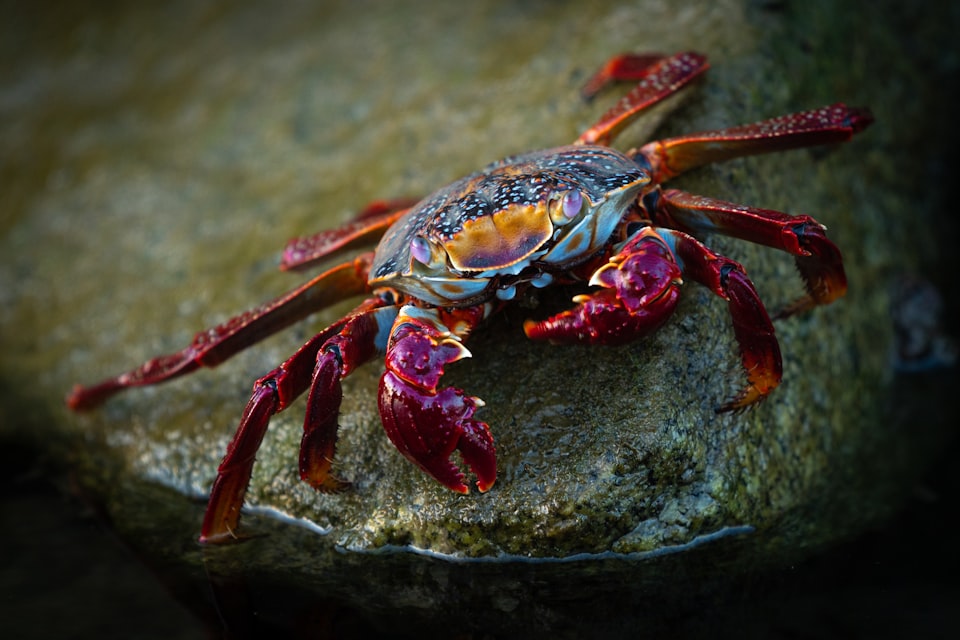How to add a menu on the WordPress theme?
To add a menu to a WordPress theme, follow these steps: Keep in mind that the specific steps and options for adding a menu may vary depending on the theme you are using. If you have any trouble adding a menu, you may want to consult the theme’s documentation or contact the theme developer for assistance. French: Pour ajouter un menu à un thème WordPress, suivez ces étapes : Notez que les étapes et les options spécifiques pour ajouter un menu peuvent varier en fonction du thème que vous utilisez. Si vous rencontrez des difficultés pour ajouter un menu, vous pouvez consulter la documentation du thème ou contacter le développeur du thème pour obtenir de l’aide. German: Um ein Menü in einem WordPress-Theme hinzuzufügen, folgen Sie diesen Schritten: Beachten Sie, dass die spezifischen Schritte und Optionen zum Hinzufügen eines Menüs je nach verwendetem Theme variieren können. Wenn Sie Schwierigkeiten haben, ein Menü hinzuzufügen, sollten Sie die Dokumentation des Themes einsehen oder den Theme-Entwickler um Hilfe bitten. Spanish Para agregar un menú a un tema de WordPress, sigue estos pasos: Ten en cuenta que los pasos y opciones específicos para agregar un menú pueden variar dependiendo del tema que estés usando. […]


